Determination of the Qualitative Composition of Biologically-Active Substances of Extracts of In Vitro Callus, Cell Suspension, and Root Cultures of the Medicinal Plant Rhodiola rosea
Abstract
:1. Introduction
2. Materials and Methods
2.1. Research Objects
2.2. Drying of the BAS Complex
2.3. Separation and Identification of Individual BASs
3. Results
4. Discussion
5. Conclusions
Author Contributions
Funding
Institutional Review Board Statement
Informed Consent Statement
Data Availability Statement
Conflicts of Interest
References
- Carqueijeiro, I.; Langley, C.; Grzech, D.; Koudounas, K.; Papon, N.; O’Connor, S.E.; Courdavault, V. Beyond the semi-synthetic artemisinin: Metabolic engineering of plant-derived anti-cancer drugs. Curr. Opin. Biotechnol. 2020, 65, 17–24. [Google Scholar] [CrossRef]
- Babich, O.; Sukhikh, S.; Prosekov, A.; Asyakina, L.; Ivanova, S. Medicinal Plants to Strengthen Immunity during a Pandemic. Pharmaceuticals 2020, 13, 313. [Google Scholar] [CrossRef] [PubMed]
- Srinivasan, P.; Smolke, C.D. Engineering a microbial biosynthesis platform for de novo production of tropane alkaloids. Nat. Commun. 2019, 10, 1–15. [Google Scholar] [CrossRef] [Green Version]
- Shi, M.; Huang, F.; Deng, C.; Wang, Y.; Kai, G. Bioactivities, biosynthesis and biotechnological production of phenolic acids in Salvia miltiorrhiza. Crit. Rev. Food Sci. Nutr. 2019, 59, 953–964. [Google Scholar] [CrossRef]
- Babich, O.; Sukhikh, S.; Pungin, A.; Ivanova, S.; Asyakina, L.; Prosekov, A. Modern Trends in the In Vitro Production and Use of Callus, Suspension Cells and Root Cultures of Medicinal Plants. Molecules 2020, 25, 5805. [Google Scholar] [CrossRef]
- Zenk, M.H. The impact of plant cell culture on industry. In Frontiers of Plant Tissue Culture; Thorpe, T.A., Ed.; International Association for Plant Tissue Culture, University of Calgary: Calgary, AB, Canada, 1978; pp. 1–13. [Google Scholar]
- Jha, S.; Sahu, N.; Mahato, S. Production of the Alkaloids Emetine and Cephaeline in Callus Cultures of Cephaelis ipecacuanha. Planta Med. 1988, 54, 504–506. [Google Scholar] [CrossRef] [PubMed]
- Wu, J.; Wang, C.; Mei, X. Stimulation of taxol production and excretion in Taxus spp cell cultures by rare earth chemical lanthanum. J. Biotechnol. 2001, 85, 67–73. [Google Scholar] [CrossRef]
- Zhao, J.; Hu, Q.; Guo, Y.-Q.; Zhu, W.-H. Effects of stress factors, bioregulators, and synthetic precursors on indole alkaloid production in compact callus clusters cultures of Catharanthus roseus. Appl. Microbiol. Biotechnol. 2001, 55, 693–698. [Google Scholar] [CrossRef] [PubMed]
- Sykłowska-Baranek, K.; Pietrosiuk, A. Hairy Root Cultures for the Production of Anti-cancer Naphthoquinone Compounds. Curr. Med. Chem. 2018, 25, 4718–4739. [Google Scholar] [CrossRef]
- Sun, M.; Shi, M.; Wang, Y.; Huang, Q.; Yuan, T.; Wang, Q.; Wang, C.; Zhou, W.; Kai, G. The biosynthesis of phenolic acids is positively regulated by the JA-responsive transcription factor ERF115 inSalvia miltiorrhiza. J. Exp. Bot. 2018, 70, 243–254. [Google Scholar] [CrossRef] [PubMed]
- Schweizer, F.; Colinas, M.; Pollier, J.; Van Moerkercke, A.; Bossche, R.V.; de Clercq, R.; Goossens, A. An engineered com-binatorial module of transcription factors boosts production of monoterpenoid indole alkaloids in Catharanthus roseus. Metab. Eng. 2018, 48, 150–162. [Google Scholar] [CrossRef]
- Hao, X.L.; Feng, J.; Li, Q.; Huang, D.; Chen, X.; Du, Z.; Lv, Z.; Xiao, Y.; Han, Y.; Chen, J.; et al. Tanshinone and salvi-anolic acid biosynthesis are regulated by SmMYB98 in Salvia miltiorrhiza hairy roots. J. Adv. Res. 2020, 23, 1–12. [Google Scholar] [CrossRef] [PubMed]
- Miao, G.-P.; Han, J.; Zhang, J.-F.; Zhu, C.-S.; Zhang, X. A MDR transporter contributes to the different extracellular production of sesquiterpene pyridine alkaloids between adventitious root and hairy root liquid cultures of Tripterygium wilfordii Hook.f. Plant Mol. Biol. 2017, 95, 51–62. [Google Scholar] [CrossRef] [PubMed]
- Cardon, F.; Pallisse, R.; Bardor, M.; Caron, A.; Vanier, J.; Ele Ekouna, J.P.; Lerouge, P.; Boitel-Conti, M.; Guillet, M. Brassica rapa hairy root based expression system leads to the production of highly homogenous and reproducible profiles of recom-binant human alpha-L-iduronidase. Plant Biotechnol. J. 2019, 17, 505–516. [Google Scholar] [CrossRef] [PubMed] [Green Version]
- Butler, N.M.; Jansky, S.H.; Jiang, J. First-generation genome editing in potato using hairy root transformation. Plant Biotechnol. J. 2020, 18, 2201–2209. [Google Scholar] [CrossRef]
- Shanks, J.V.; Morgan, J. Plant ‘hairy root’ culture. Curr. Opin. Biotechnol. 1999, 10, 151–155. [Google Scholar] [CrossRef]
- Flores, H.E.; Vivanco, J.M.; Loyola-Vargas, V.M. Radicle biochemistry: The biology of root-specific metabolism. Trends Plant Sci. 1999, 4, 220–226. [Google Scholar] [CrossRef]
- Sudha, C.G.; Reddy, B.O.; Ravishankar, G.A.; Seeni, S. Production of ajmalicine and ajmaline in hairy root cultures of Rau-volfia micrantha Hook f., a rare and endemic medicinal plant. Biotechnol. Lett. 2003, 25, 631–636. [Google Scholar] [CrossRef] [PubMed]
- Ayadi, R.; Trémouillaux-Guiller, J. Root formation from transgenic calli of Ginkgo biloba. Tree Physiol. 2003, 23, 713–718. [Google Scholar] [CrossRef] [PubMed] [Green Version]
- Mukerjee, S.; Ghosh, B.; Jha, S. Higher production of forskolin in genetically transformed cultures of Coleus forskohlii Briq induced by growth regulators. J. Plant Biochem. Biotechnol. 2003, 12, 81–85. [Google Scholar] [CrossRef]
- Verma, P.C.; ur Rahman, L.; Negi, A.S.; Jain, D.C.; Khanuja, S.P.S.; Banerjee, S. Agrobacterium rhizogenes-mediated transfor-mation of Picrorhiza kurroa Royle ex Benth.: Establishment and selection of superior hairy root clone. Plant. Biotechnol. Rep. 2007, 1, 169–174. [Google Scholar] [CrossRef]
- Babich, O.; Prosekov, A.; Zaushintsena, A.; Sukhikh, A.; Dyshlyuk, L.; Ivanova, S. Identification and quantification of phenolic compounds of Western Siberia Astragalus danicus in different regions. Heliyon 2019, 5, e02245. [Google Scholar] [CrossRef] [PubMed] [Green Version]
- Valdiani, A.; Hansen, O.K.; Nielsen, U.B.; Johannsen, V.K.; Shariat, M.; Georgiev, M.I.; Omidvar, V.; Ebrahimi, M.; Dinanai, E.T.; Abiri, R. Bioreactor-based advances in plant tissue and cell culture: Challenges and prospects. Crit. Rev. Biotechnol. 2018, 39, 20–34. [Google Scholar] [CrossRef] [PubMed]
- Píš, J.; Buděšínskў, M.; Vokáč, K.; Laudová, V.; Harmatha, J. Ecdysteroids from the roots of Leuzea carthamoides. Phytochemistry 1994, 37, 707–711. [Google Scholar] [CrossRef]
- Mendoza, D.; Arias, J.P.; Cuaspud, O.; Arias, M. Phytochemical Screening of Callus and Cell Suspensions Cultures of Thevetia peruviana. Braz. Arch. Biol. Technol. 2020, 63, 63. [Google Scholar] [CrossRef]
- Dyshlyuk, L.; Dmitrieva, A.; Ivanova, S.; Golubtsova, Y.; Ostroumov, L. Panax ginseng callus, suspension, and root cultures: Extraction and qualitative analysis. Food Raw Mater. 2020, 8, 369–376. [Google Scholar] [CrossRef]
- Zaushintsena, A.V.; Milentyeva, I.; Babich, O.; Noskova, S.Y.; Kiseleva, T.F.; Popova, D.G.; Bakin, I.A.; Lukin, A. Quanti-tative and qualitative profile of biologically active substances extracted from purple echinacea (Echinacea purpurea L.) growing in the Kemerovo region: Functional foods application. Foods Raw Mater. 2019, 7, 84–92. [Google Scholar] [CrossRef]
- Shi, M.; Liao, P.; Nile, S.H.; Georgiev, M.I.; Kai, G. Biotechnological Exploration of Transformed Root Culture for Value-Added Products. Trends Biotechnol. 2021, 39, 137–149. [Google Scholar] [CrossRef]
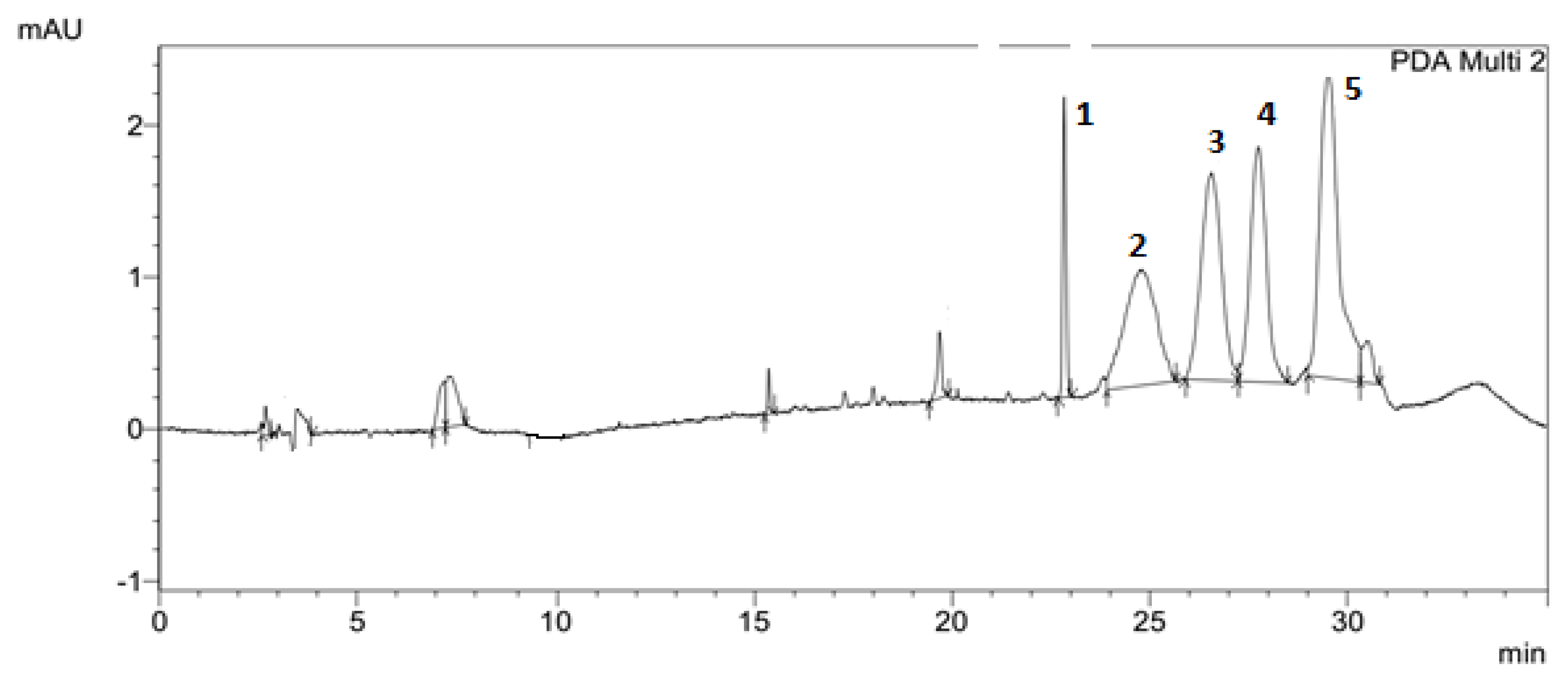
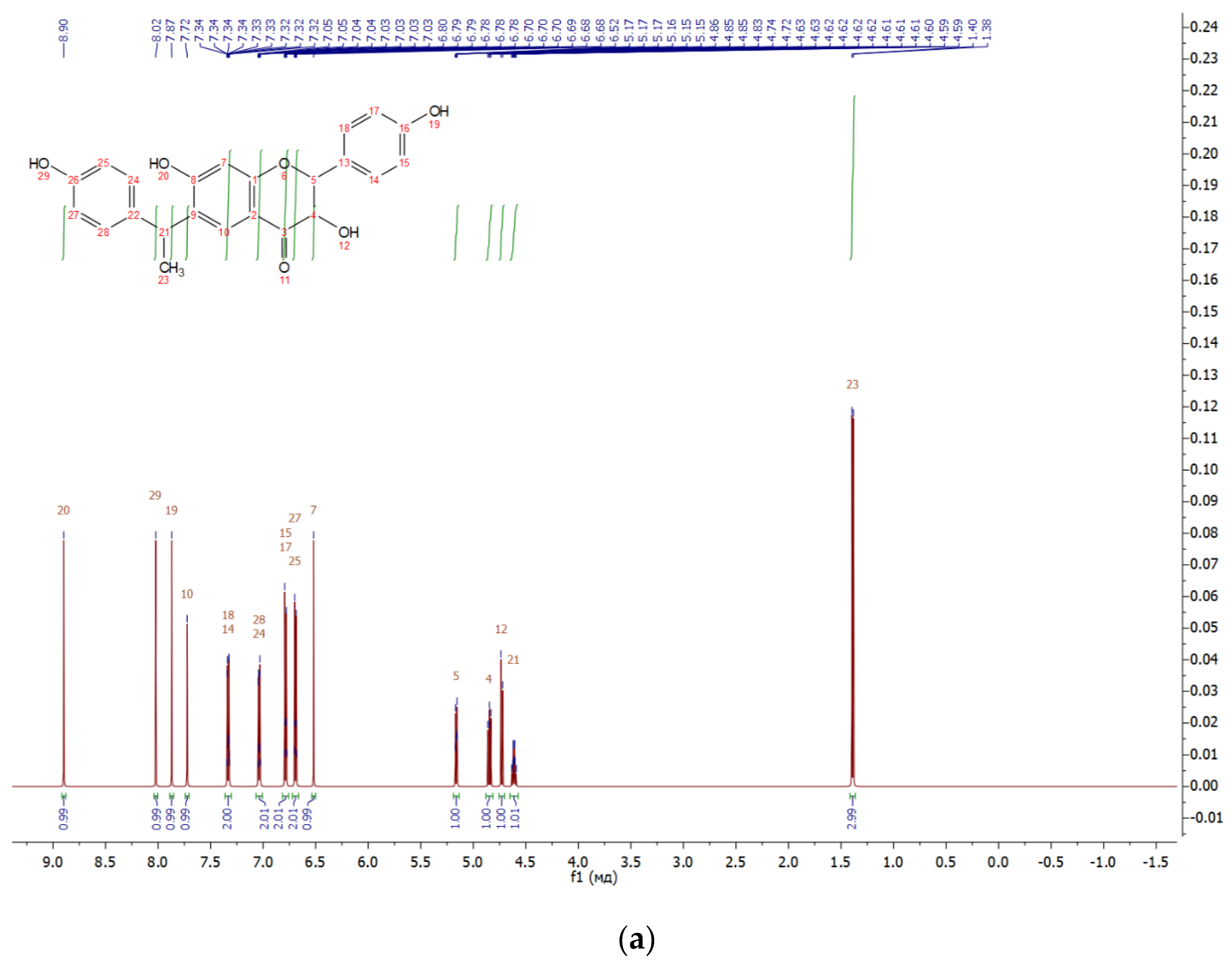
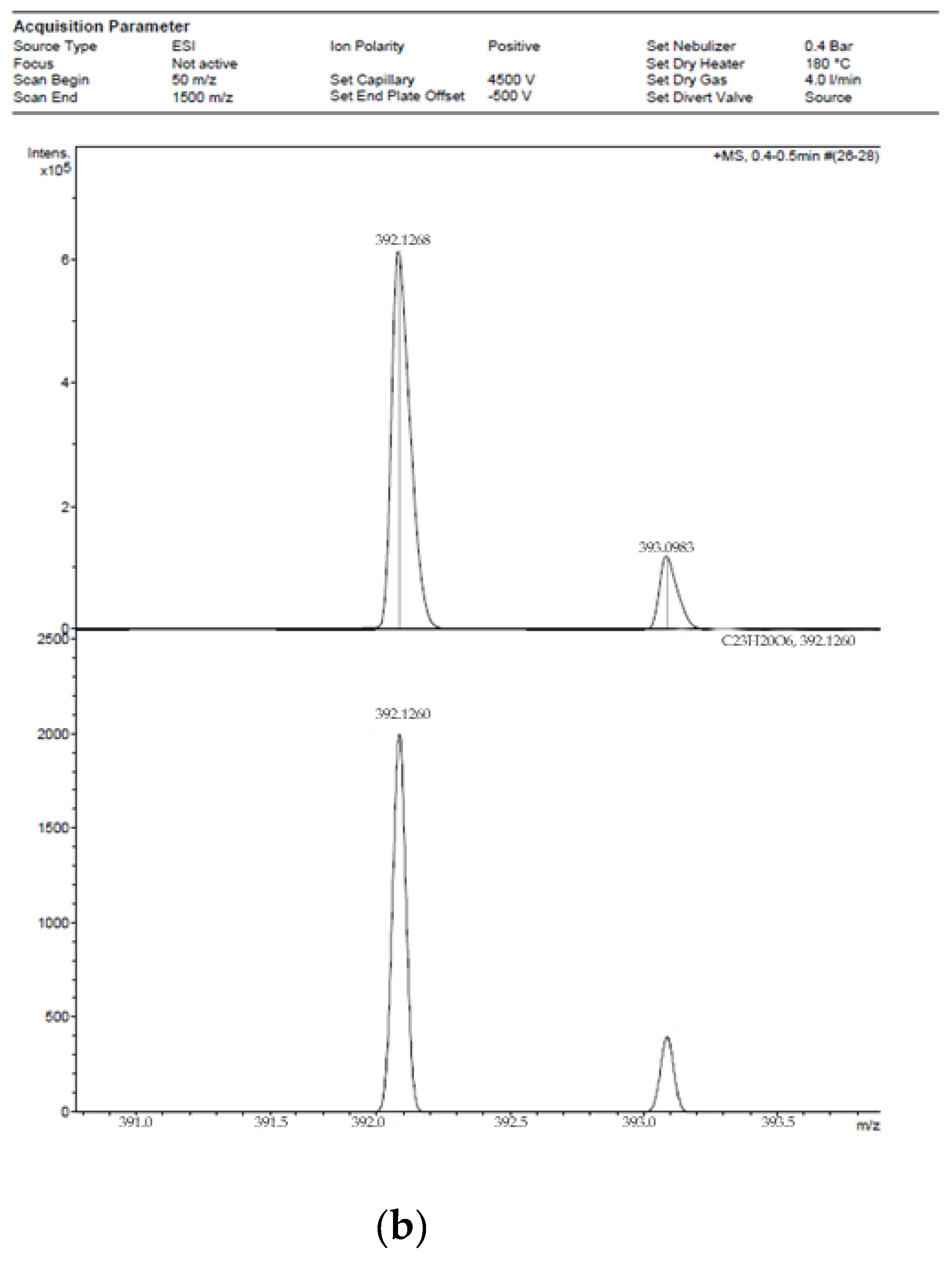
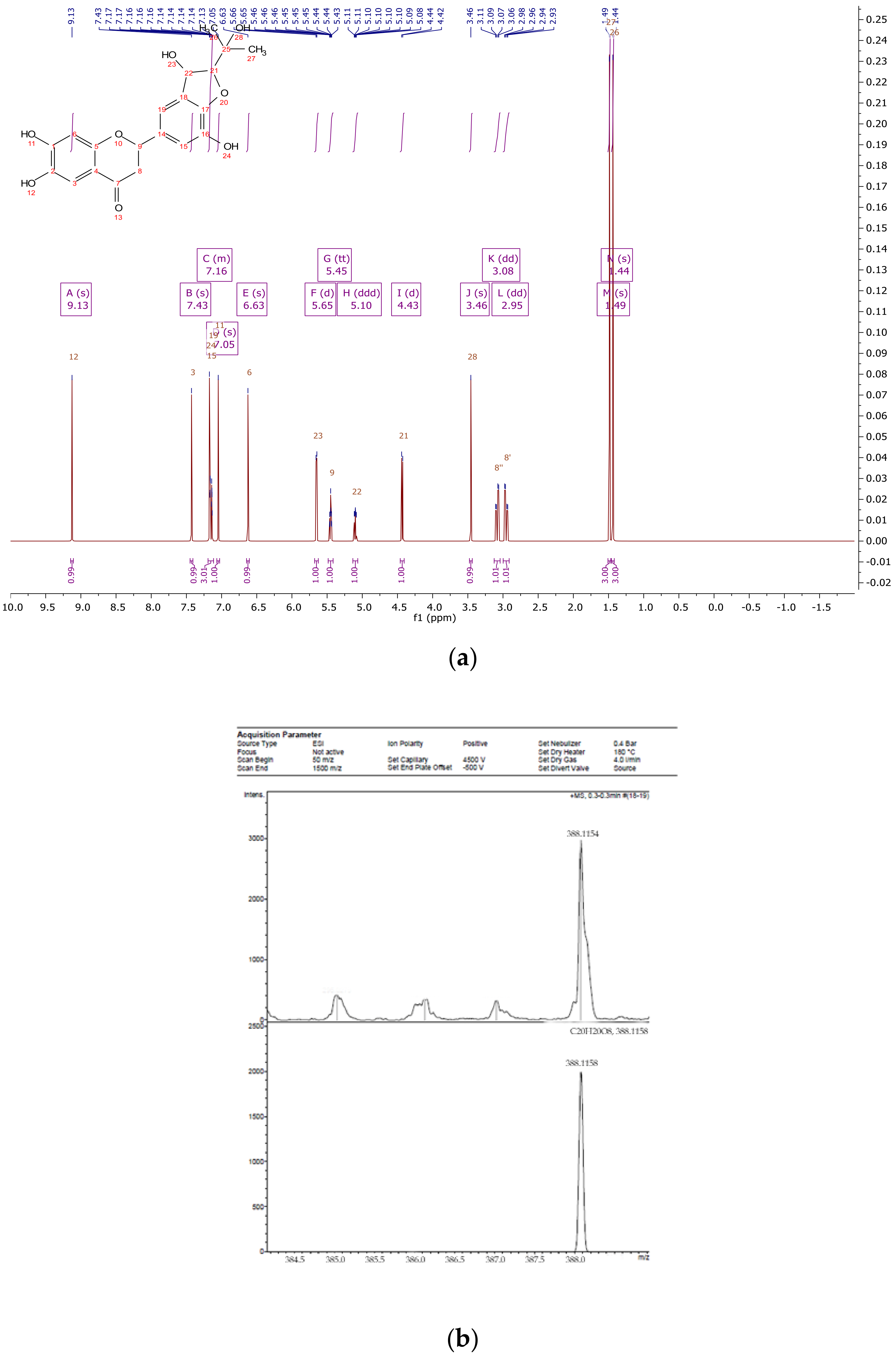
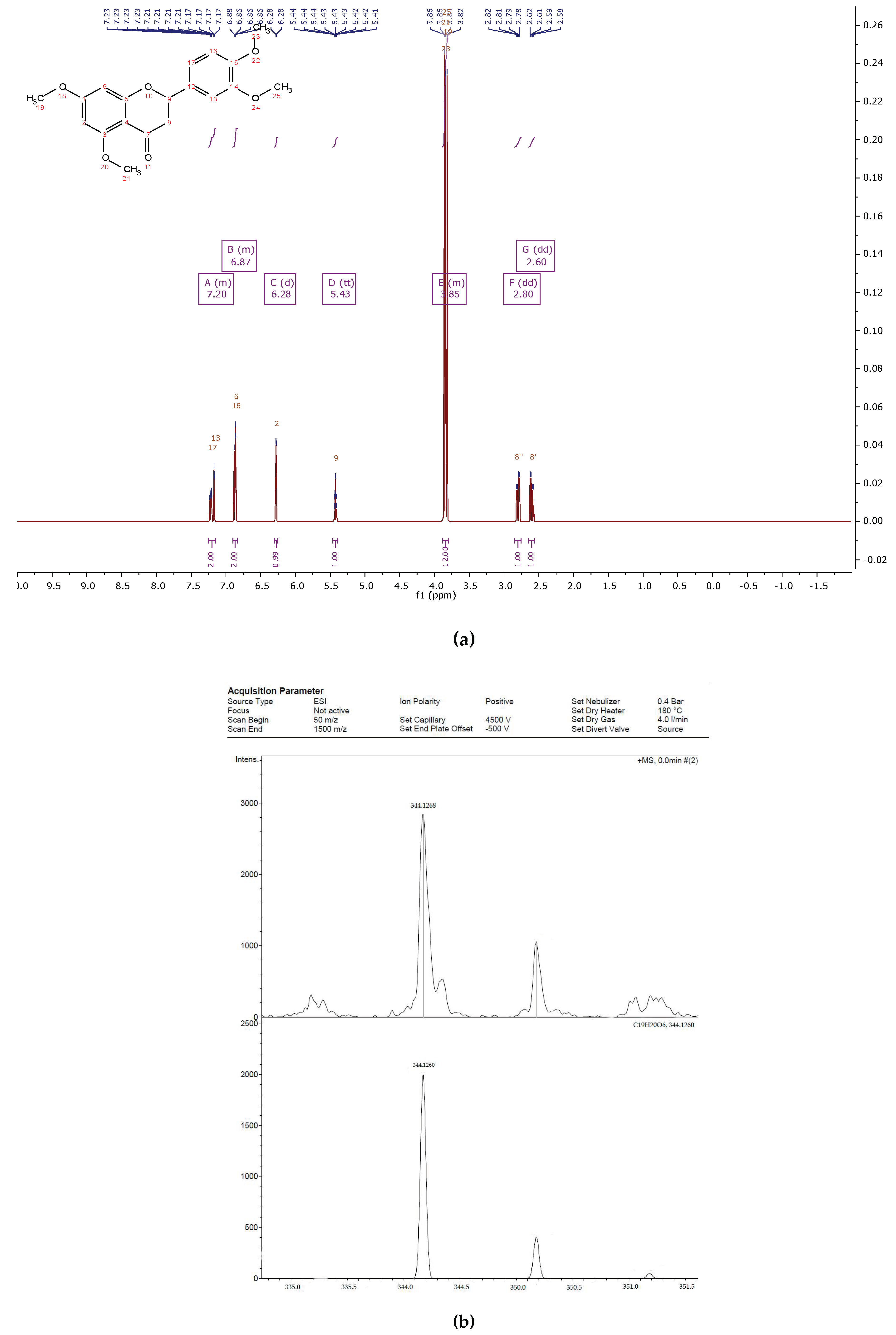
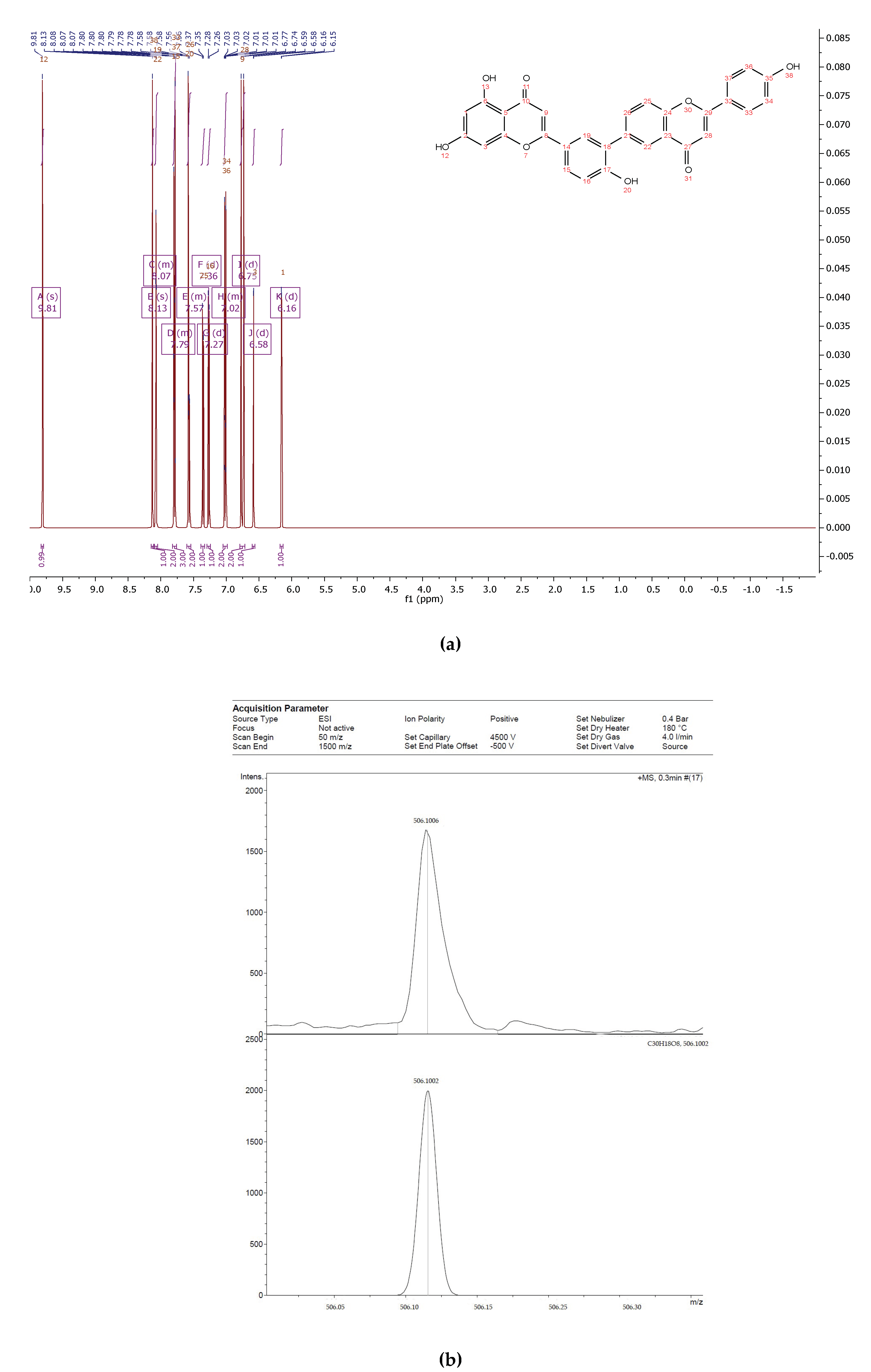
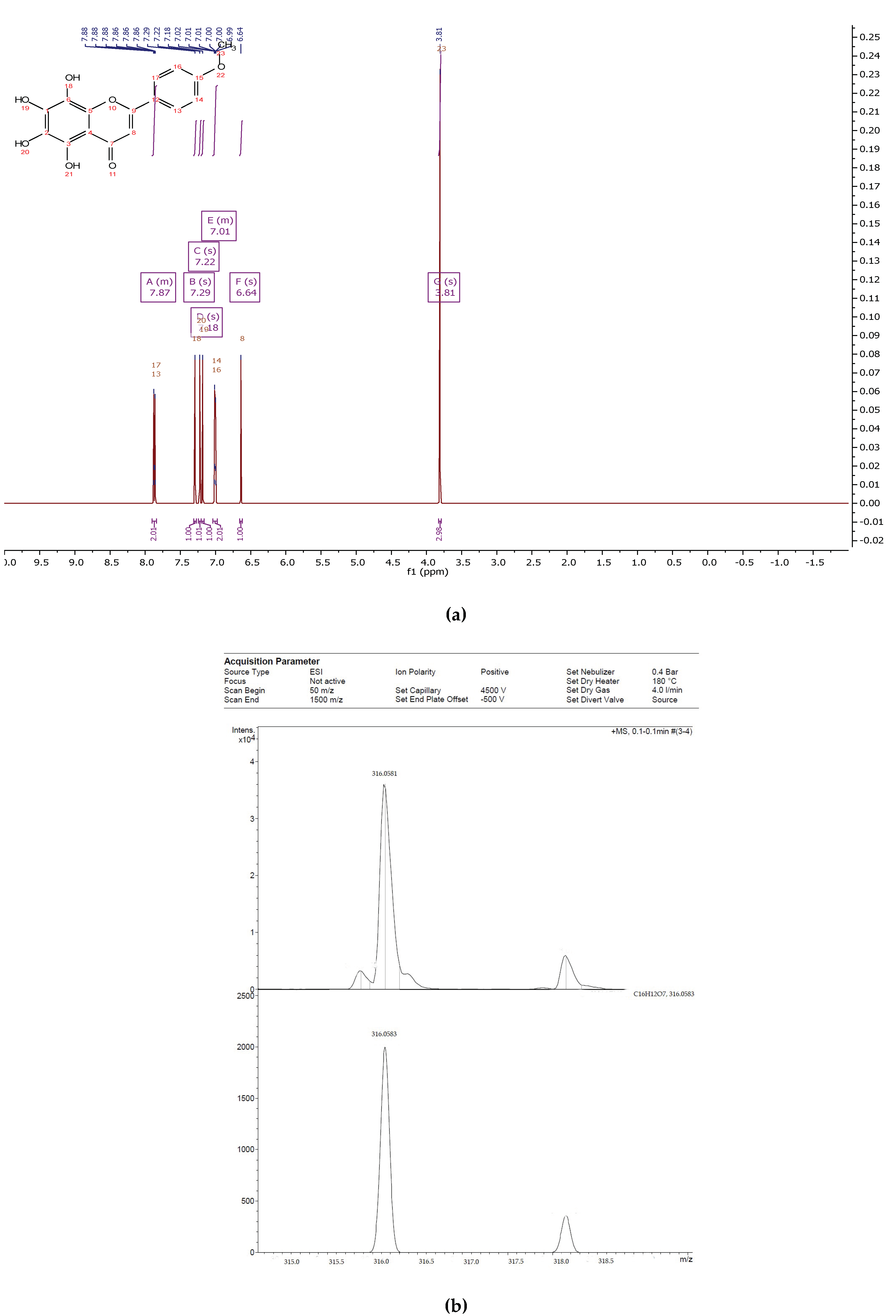
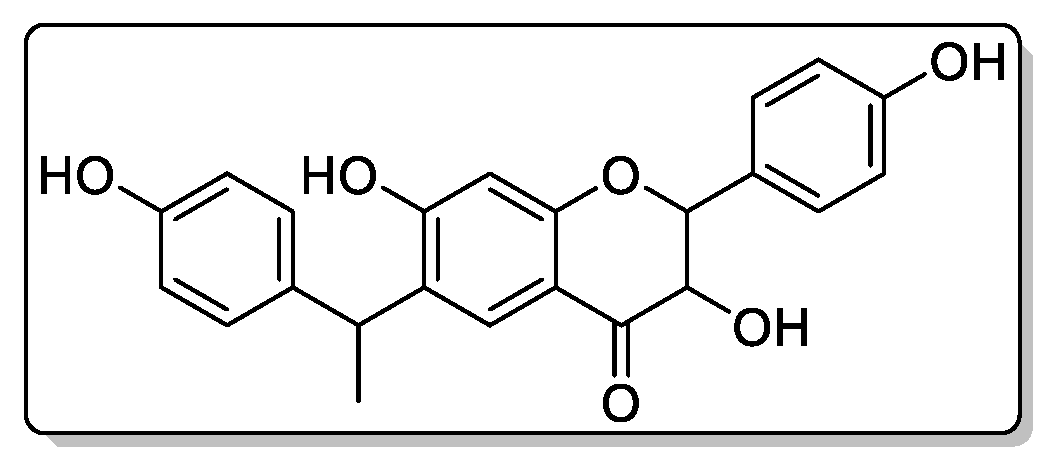
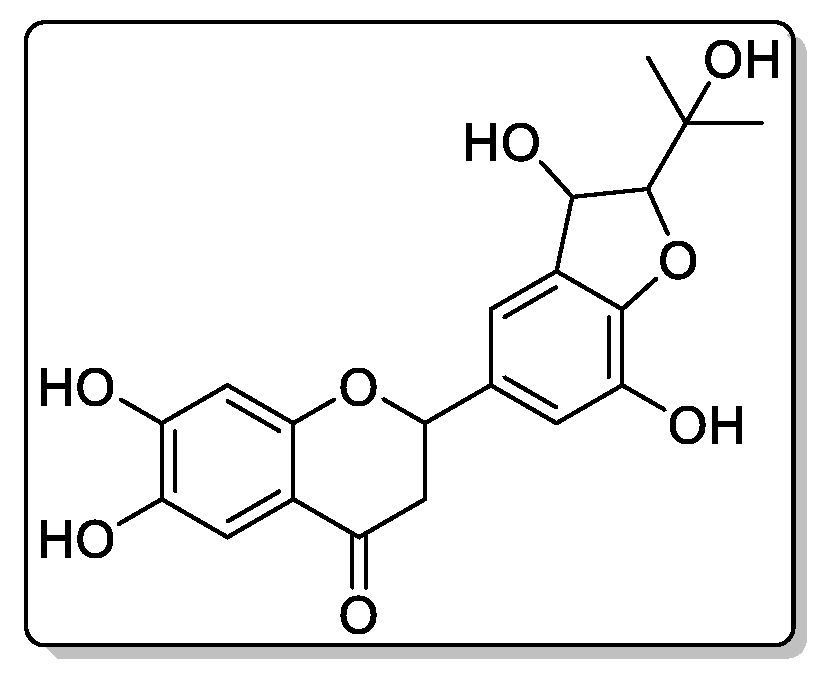
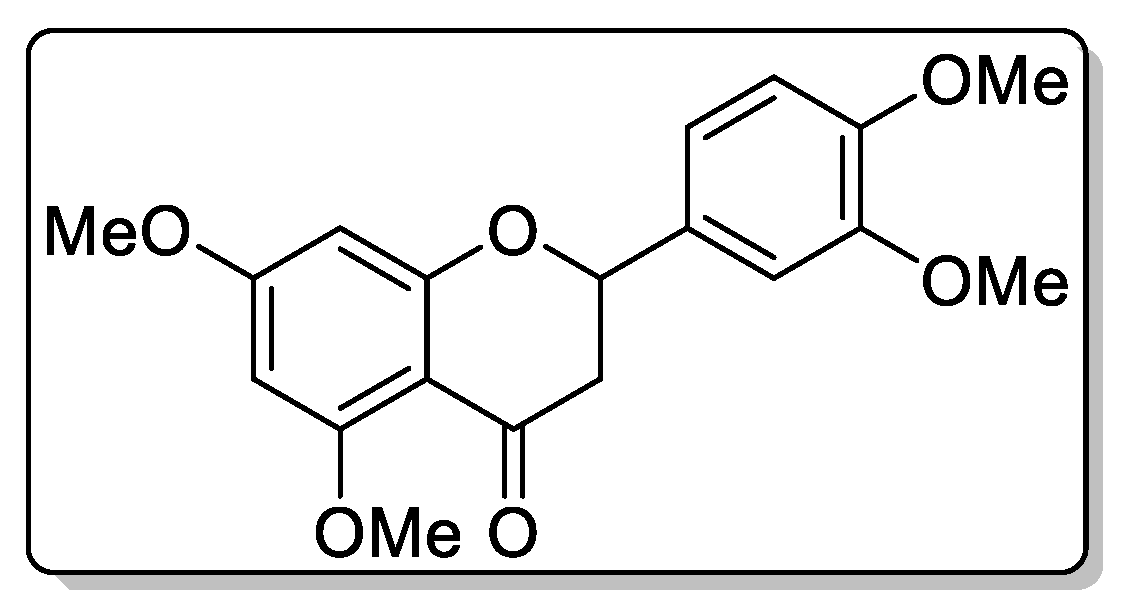
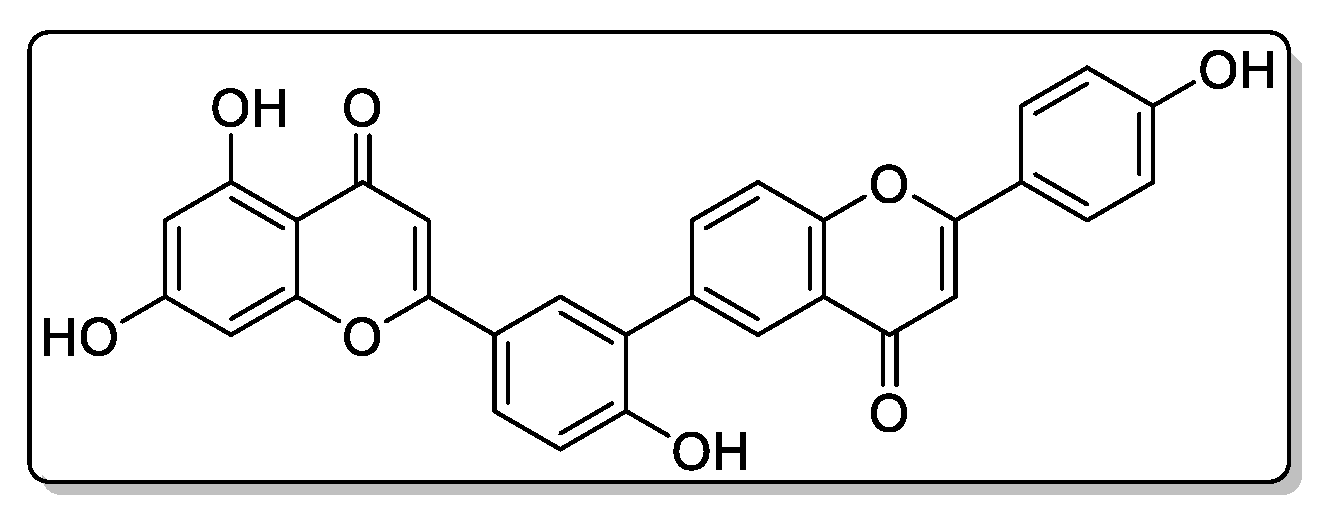
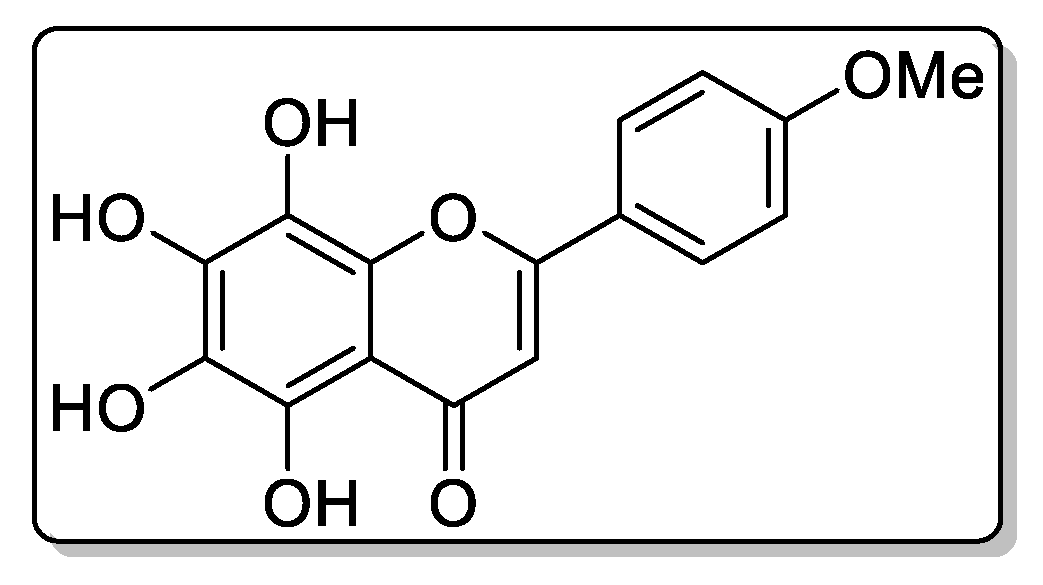
Publisher’s Note: MDPI stays neutral with regard to jurisdictional claims in published maps and institutional affiliations. |
© 2021 by the authors. Licensee MDPI, Basel, Switzerland. This article is an open access article distributed under the terms and conditions of the Creative Commons Attribution (CC BY) license (http://creativecommons.org/licenses/by/4.0/).
Share and Cite
Asyakina, L.; Sukhikh, S.; Ivanova, S.; Prosekov, A.; Ulrikh, E.; Chupahin, E.; Babich, O. Determination of the Qualitative Composition of Biologically-Active Substances of Extracts of In Vitro Callus, Cell Suspension, and Root Cultures of the Medicinal Plant Rhodiola rosea. Biomolecules 2021, 11, 365. https://doi.org/10.3390/biom11030365
Asyakina L, Sukhikh S, Ivanova S, Prosekov A, Ulrikh E, Chupahin E, Babich O. Determination of the Qualitative Composition of Biologically-Active Substances of Extracts of In Vitro Callus, Cell Suspension, and Root Cultures of the Medicinal Plant Rhodiola rosea. Biomolecules. 2021; 11(3):365. https://doi.org/10.3390/biom11030365
Chicago/Turabian StyleAsyakina, Lyudmila, Stanislav Sukhikh, Svetlana Ivanova, Alexander Prosekov, Elena Ulrikh, Evgeny Chupahin, and Olga Babich. 2021. "Determination of the Qualitative Composition of Biologically-Active Substances of Extracts of In Vitro Callus, Cell Suspension, and Root Cultures of the Medicinal Plant Rhodiola rosea" Biomolecules 11, no. 3: 365. https://doi.org/10.3390/biom11030365
APA StyleAsyakina, L., Sukhikh, S., Ivanova, S., Prosekov, A., Ulrikh, E., Chupahin, E., & Babich, O. (2021). Determination of the Qualitative Composition of Biologically-Active Substances of Extracts of In Vitro Callus, Cell Suspension, and Root Cultures of the Medicinal Plant Rhodiola rosea. Biomolecules, 11(3), 365. https://doi.org/10.3390/biom11030365








